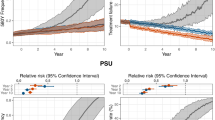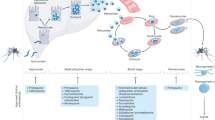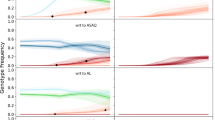Abstract
Most malaria-endemic countries are implementing a change in antimalarial drug policy to artemisinin combination therapy (ACT). The impact of different drug choices and implementation strategies is uncertain. A comprehensive model was constructed incorporating important epidemiological and biological factors and used to illustrate the spread of resistance in low and high transmission settings. The model predicts robustly that in low transmission settings drug resistance spreads faster than in high transmission settings, and that in low transmission areas ACTs slows the spread of drug resistance to a partner drug, especially at high coverage rates. This effect decreases exponentially with increasing delay in deploying the ACT and decreasing rates of coverage. A major obstacle to achieving the benefits of high coverage is the current cost of the drugs. This argues strongly for a global subsidy to make ACTs generally available and affordable in endemic areas.
Similar content being viewed by others
Article PDF
Author information
Authors and Affiliations
Rights and permissions
About this article
Cite this article
Pongtavornpinyo, W., Yeung, S., Hastings, I. et al. The spread of antimalarial drug resistance: A mathematical model with practical implications for ACT drug policies. Nat Prec (2008). https://doi.org/10.1038/npre.2008.1539.1
Received:
Accepted:
Published:
DOI: https://doi.org/10.1038/npre.2008.1539.1



